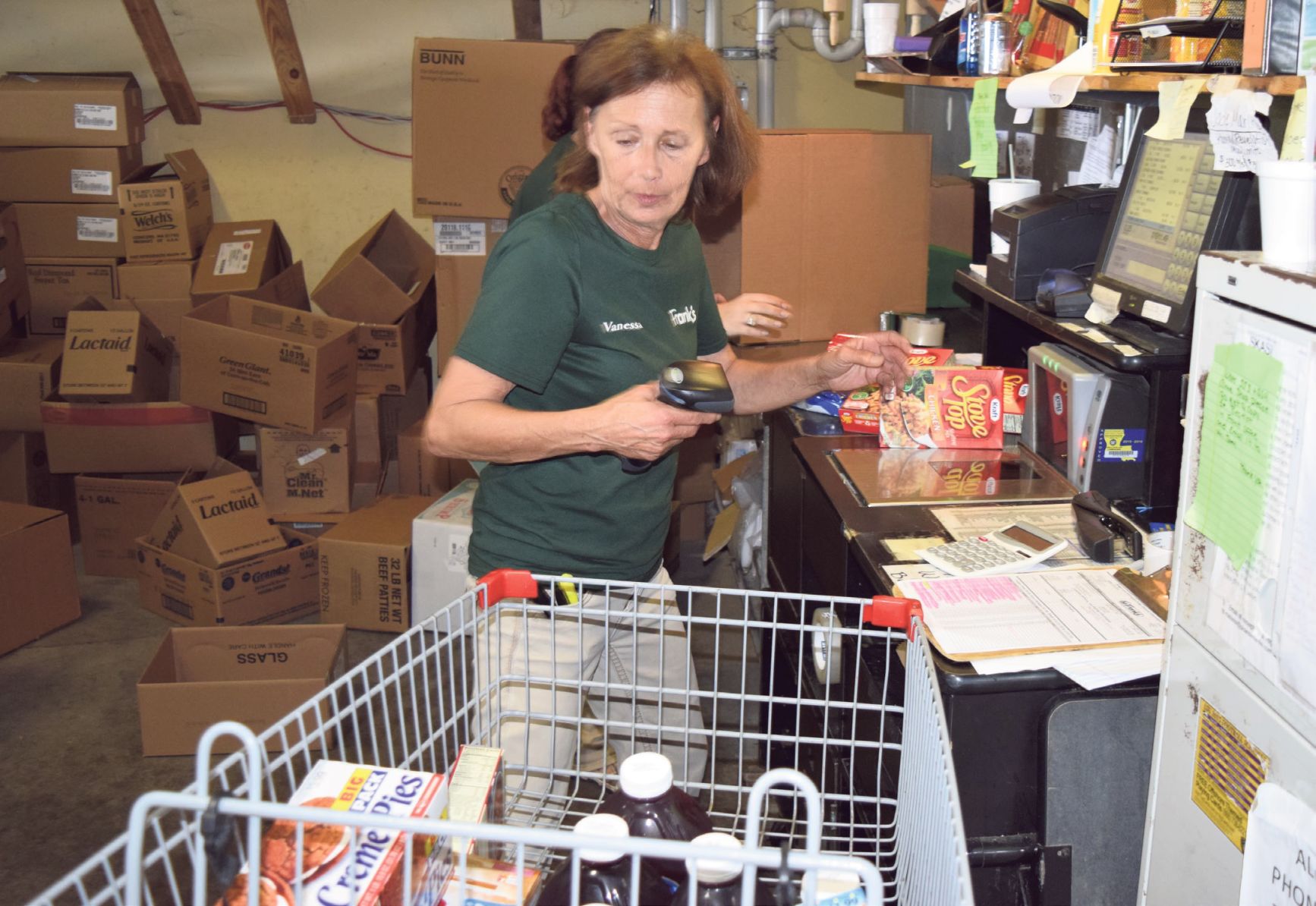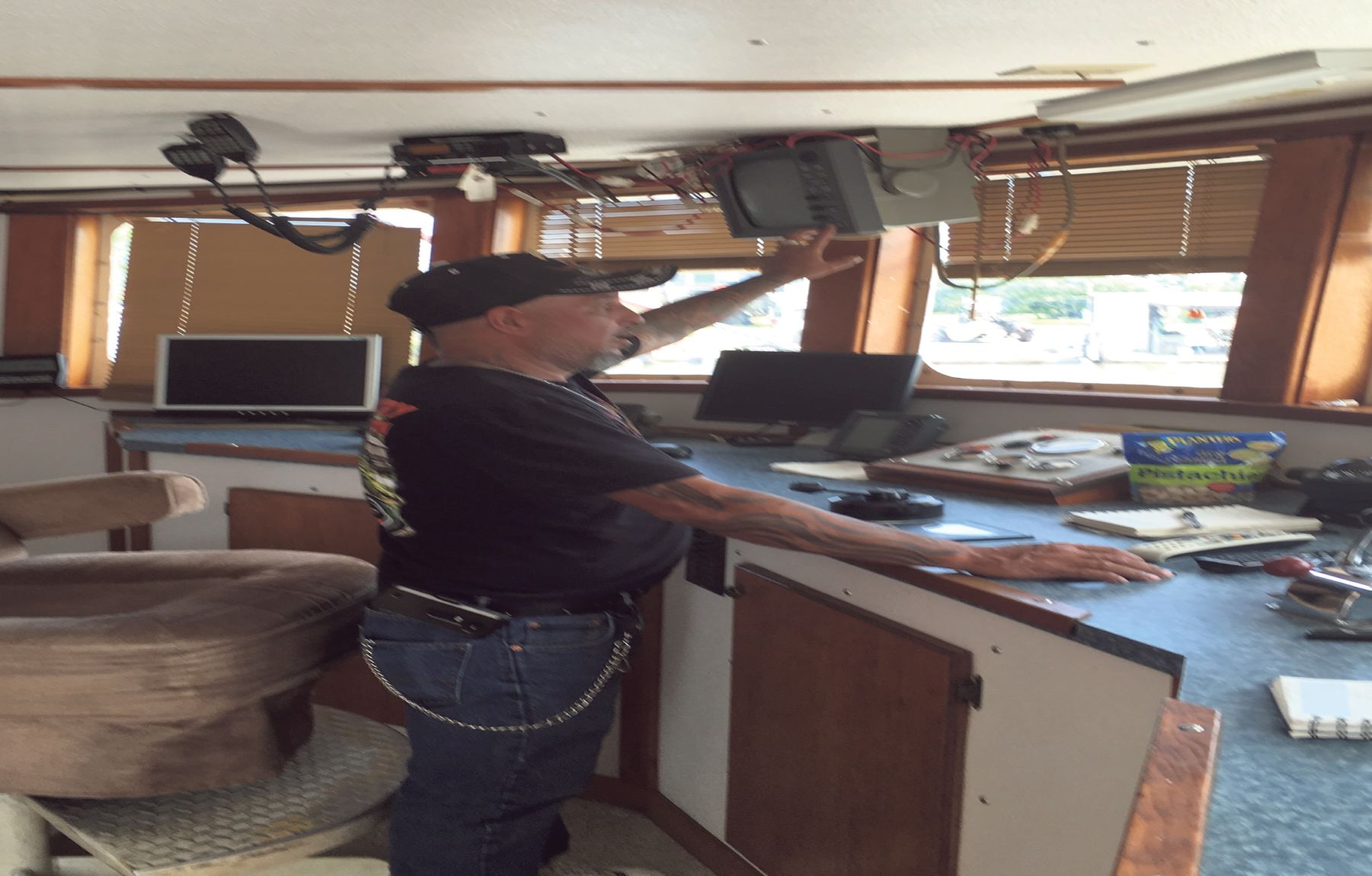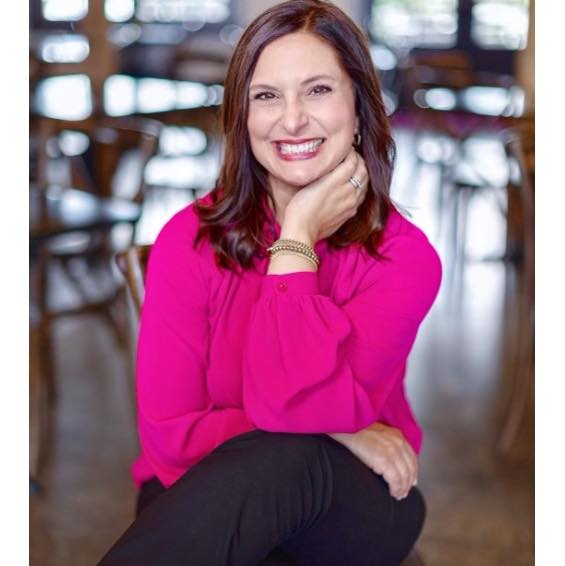
Food fight: Grocers see leaner orders from offshore
May 25, 2016
LOOP evolves, plans more storage
May 25, 2016Some shrimp boat owners are seeking an exemption from federal vessel regulations that took effect May 1, alleging that new rules require installation of computer systems that can render vital existing navigation equipment ineffective.
The fishermen would also like the rules, which grew out of the Coast Guard Authorization Act of 2010, to be more closely examined before enforcement begins.
Alleging that the rules were promulgated with Pacific Coast fisheries in mind, the Gulf of Mexico fishing interests say they are not only inapplicable to the Gulf, but can actually do the opposite of what they were intended to do, which was to keep fishermen safer.
Kimberly Chauvin, who with her husband David owns three large shrimping vessels as well as seafood processing and receiving operations in Dulac and Chauvin, has formally asked for a waiver of requirements that vessels more than 65 feet in length use AIS systems for vessel identification when in federal waters. She also asked – on behalf of all commercial fishing vessels in the Gulf – that enforcement of new rules be halted and, if need be, rewritten.
Two members of the Bayou Region’s congressional delegation – state Rep. Charles Boustany, R-Lafayette, and U.S. Rep. Garret Graves, R-Baton Rouge – have staff members working on facilitating the requests.
“Louisiana’s shrimping industry is vital to our state economy, accounting for 15,000 jobs and $1.3 billion in economic activity,” Boustany said in answer to questions about the need for examining the requests. “If these men and women are unable to do their jobs, our whole state will suffer. I’ll continue to be a champion for our seafood industry to ensure the government doesn’t make their jobs even more difficult, preventing them from doing what they do best.”
AIS stands for Automatic Identification System, a tracking device used on ships and by shore-side vessel traffic services for identifying and locating vessels through electronic exchange of data. The data – and, therefore, vessel location and identification – is viewable by all nearby vessels similarly equipped.
“The AIS may prove to be a hazard to many in the fleet due to not being fully trained to work this with their navigation systems,” Chauvin wrote in her formal waiver request, sent to federal officials last week.
A program used extensively by shrimpers called WINPLOT includes a store of data that shows the location of hangs. Hangs are obstructions and debris on or extending from water bottoms that can wreak havoc on a moving trawl if caught onto. In some cases, a hang can result in torn nets. In other, more extreme circumstances, grounding, tearing of hulls or capsizing can result.
Fishermen have acknowledged in interviews that another hazard of the AIS is economic. If a captain has staked out a location because his experience leads him to believe a good catch can be found, other large boats with similar equipment will flock to the spot and join him, taking away his edge.
At a time when dockside prices continue to be low because of a flood of cheap imports, shrimpers maintain, the competition remains fierce boat to boat. A system that provides potentially damaging intel to competitors is not welcome.
“With these systems, you will have new captains aboard vessels fishing for the most experienced captains than fishing for shrimp,” Chauvin said.
While thus acknowledging the commercial aspect, Chauvin also says that it is overshadowed by issues of safety, practicality and unreimbursed cost. Fishermen have complained that equipment to bring them in compliance with the rules was billed as affordable – perhaps in the $200 or $300 range. However, local outlets have listed the systems for as high as $2,000. Although many local captains are capable of installing the systems on their vessels, the law requires that installations be approved by licensed personnel, resulting in far higher costs at a time of intentional penny-pinching. Local mariners say that might work for big fleets owned by big companies, but not for family-owned vessels in the Gulf fishery.
“We are having a problem getting our questions and concerns answered,” Chauvin said. “I have sent these same concerns to Congressman Boustany’s office to which his fisheries person was told that the Coast Guard in D.C. would need time to come up with a comprehensive answer. To my way of thinking, the Coast Guard should have those answers ready since they are the ones mandating and enforcing them.”
Chief Petty Officer Robert Nash, a Coast Guard spokesman, sought answers from personnel familiar with the transition, noting that the 2002 Marine Transportation Act required AIS on all commercial vessels over 65 feet, and that input was received from the commercial fishing industry at that time.
“It was determined at that time not to require AIS on commercial fishing vessels as well as small passenger vessels for several reasons,” a statement supplied by Nash reads. “In 2014, the regulations were updated and the requirement to carry AIS on commercial fishing vessels and small passenger vessels was revisited, again the (notice) was published in the federal register and comments were received. The input was considered but based on Maritime Domain Awareness as well as enhanced safety the system provides it was mandated that all commercial fishing vessels as well as small passenger vessels carry AIS. It is required to be onboard and fully functional by 1 May 2016, that is approximately one year after the regulation became final. Our examiners have done outreach extensively on this subject, presentations have been in English and Vietnamese. Sea Grant has also been helpful in getting the word out by including the information in their mailings.”
Waivers may be entertained, Nash acknowledged. However, each individual vessel will have to seek a waiver. The only formal request received by the Captain of the Port so far is from Kim Chauvin, however, more are expected.
Federal officials did say in response to other queries that the rules emerging from the 2010 bill, passed by Congress and signed by the President, were listed in the Federal Register and that a comment period was announced.
Nonetheless, Chauvin and some mariners say that the rules were never brought up at their regular safety committee meetings, which they thought would have been the forum for discussion. In addition, they said, questions presented to Coast Guard liaisons over the past few years were met with assurances that kinks were being worked out of the rules, specifically because they were modeled after the Pacific fishery.
The legislation requiring the changes was intended, according to interviews done at the time it was enacted, to keep shipping lanes safe. Local shrimpers are scoffing at this contention, asking each other when the last time they encountered a container ship or similar deep-sea vessel was. Shrimping areas are not usually transited by the type of vessels that use shipping lanes, they say. Commercial cargo traffic does share waster with shrimpers, such as the Gulf Intracoastal Waterway and areas in the Gulf, but not with that type of volume or need for identification and detection beyond what their radar and other currently installed systems accomplish.
“I understand the need to promote safety,” said Chauvin, who sponsors safety seminars for shrimpers at the David Chauvin Seafood Company in Dulac. But regulations that are not relevant to safety or the fishery, she added, become an unwanted burden in a fishery that has no need for specific provisions of them. But the new rules, she said, can serve to promote confusion, rather than safety. “In our commercial fishing industry we mainly have three men onboard, one man at the wheel and the other either sleeping or culling through the drag. For that one man to focus on another piece of equipment that only shows vessels 65 feet or larger will be a potential hazard. Currently, they rely heavily on their radar because it shows all boats that are around them. The AIS system rule change does not affect fishing vessels less than 65 feet. Therefore, boats that they fish alongside that are 64 feet or less would not show up on their AIS systems, nor would recreational or charter boats. If the fishermen are to focus on the AIS system, they would not see approaching vessels or traffic with vessels of a smaller boat class. They are concerned about increased collisions with these smaller boats that do not show up on the AIS system.”








